Water-quality parameters crucial for successful management
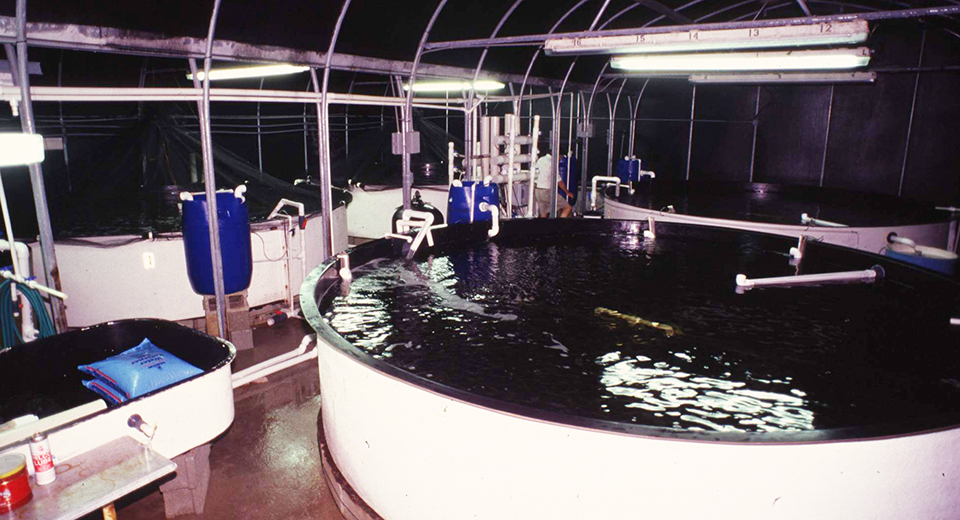
Most commercially important species of marine fish are migratory, and the primary environmental cues that control their reproductive cycles are temperature and photoperiod. To be successfully conditioned to spawn in captivity, most marine fish species must be exposed to temperature and light cycles that mimic their seasonal changes in nature. This can be accomplished using specially designed maturation systems.
Environmental conditioning
The production of tank spawns from captive brood fish that have been environmentally conditioned has many advantages over hormone-induced spawns. The stress levels associated with handling, implanting, and/or injecting hormones is greatly reduced or eliminated, and fish can be conditioned to spawn on demand, both in and out of season.
Stress
Reduced stress, coupled with improved broodstock nutrition and good water quality, should increase overall egg quality. This leads to higher first-feeding success rate and subsequent higher survivals throughout the early developmental stages.
Environment and nutrition
The environmental and nutritional requirements of the species must be met in captivity. Since these requirements in most commercially important marine fish species are not fully known, the greatest challenge is to meet their energy and water-quality demands in captivity.
Other factors
Other biotic and abiotic factors also need to be well known before successful conditioning and long-term spawning of captive marine fish can be accomplished. Territorialism, aggression, sex ratio, and susceptibility to diseases are only a few of the myriad of factors that need to be understood for the successful establishment of a breeding program.
Tank size
Depending on the species, the recommended volume of the tanks can range from a minimum of 20 tons to a maximum of 150 tons. In theory, the larger the tank, the better it is for the fish. However, considering biological and management factors, the ideal volume is 50 to 100 tons.
Tanks that are smaller than 20 tons may not have enough volume to allow broodstock fish to swim freely while performing species-specific courtship behavior. On the other hand, it can be prohibitively expensive to control water temperature in tanks larger that 80 tons, because of the size and cost of the heat pump required.
The minimum recommended dimensions are 5 meters diameter x 1.5 meters high. Depth seems to be important for the courtship behavior of most species. Tank shapes range widely, from circular and oval to square and rectangular. The “ideal” shape of a maturation tank is circular, with a flat bottom and 5 to 10 percent gradient toward the central drain. Cylinder-conical tanks are also adequate.
Independent recirculation
Each tank should be an independent recirculating system that can be isolated to simulate light and temperature conditions of winter and summer, spring and fall. Each system should have its own pump, filtering system, and heat exchanger to control temperature. Lights can be controlled with a timer. Ideally, the maturation tanks must be completely isolated recirculating systems with at least one side window to allow close observation of fish behavior and physical appearance.
Temperature
Each system should have a separate 1- to 2-hp centrifugal pump and a heat pump selected according to the volume of the tank and the range of temperature to which the fish are to be exposed within the desired timeframe. The 5- to 10-hp PVC titanium-core heat exchanger is a standard set-up.
Filtration and nitrification
Solids filtration can be provided by rapid sand filters or any other filter media. Activated carbon filters can be used, as well. Ammonia and nitrite levels in the systems should be controlled by biofilters that use colonized denitrifying autotrophic bacteria, primarily Nitrosomonas and Nitrobacter. The volume and shape of the biofilters, as well as the biomedia (bioballs, fluidized, and/or semifluidized bead filters) should be dimensioned according to the fish biomass and level of nitrogen excretion.
Approximately 20 percent of the water from the pump and heat exchanger can be diverted to the biofilters through jet sprayers, with the remaining 80 percent going through the other system components before returning to the tank. These values are estimated by considering the residence time of the water in the filter to allow for adequate biofiltration. It is important that the biofilters are well-dimensioned and efficient.
Adequate oxygen levels and sufficient residence time are required for nitrification to take place. As a last step before returning to the tank, water should be sterilized by passing through an ultraviolet or ozone filter. All filters should be located outside the maturation tanks.
Energy budgets
Modern hatcheries are beginning to rely on energy budgets (i.e., mass balance equations) that consider the tank volume and species for each system. Energy budgets are calculated based on the total biomass stocked in the tank, total amount of feed given (generally 1 to 3 percent of the total biomass daily), growth rate, metabolic rate (oxygen consumption), and estimated excretion levels.
Egg handling and water quality
Unfertilized eggs and other organic wastes, such as feces and uneaten feeds, are drawn out from the bottom of the tank with the recirculating water and retained in the sand filter. Floating, fertilized eggs are collected in an outside egg collector by a skimmer in the tank, which also serves as a protein skimmer.
Approximately 10 percent of new, filtered seawater should be added daily to maturation tanks to make up for discharged water and help maintain adequate water quality. Poor water quality has a negative effect on fertilization rates and egg quality. Therefore, excellent water-quality parameters are of paramount importance for successful broodstock management.
(Editor’s Note: This article was originally published in the June 2002 print edition of the Global Aquaculture Advocate.)
Now that you've reached the end of the article ...
… please consider supporting GSA’s mission to advance responsible seafood practices through education, advocacy and third-party assurances. The Advocate aims to document the evolution of responsible seafood practices and share the expansive knowledge of our vast network of contributors.
By becoming a Global Seafood Alliance member, you’re ensuring that all of the pre-competitive work we do through member benefits, resources and events can continue. Individual membership costs just $50 a year.
Not a GSA member? Join us.
Author
-
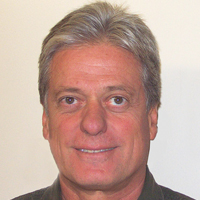
Daniel D. Benetti, Ph.D.
Associate Professor, Director
Aquaculture Program
University of Miami
Rosenstiel School of Marine and Atmospheric Science
4600 Rickenbacker Causeway
Miami, Florida 33149 USA[117,100,101,46,105,109,97,105,109,46,115,97,109,115,114,64,105,116,116,101,110,101,98,100]
Related Posts
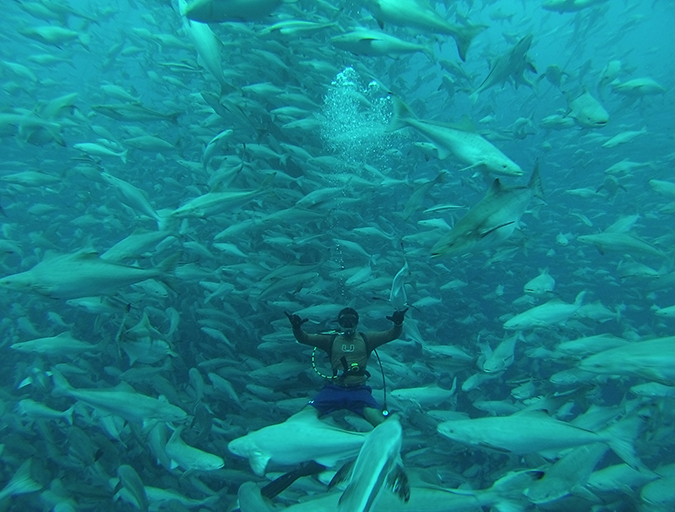
Innovation & Investment
Aquaculture Exchange: Daniel Benetti
University of Miami professor says the U.S. seafood marketplace needs to embrace 'plate-sized' fish if a domestic aquaculture industry is to become sustainable and profitable.
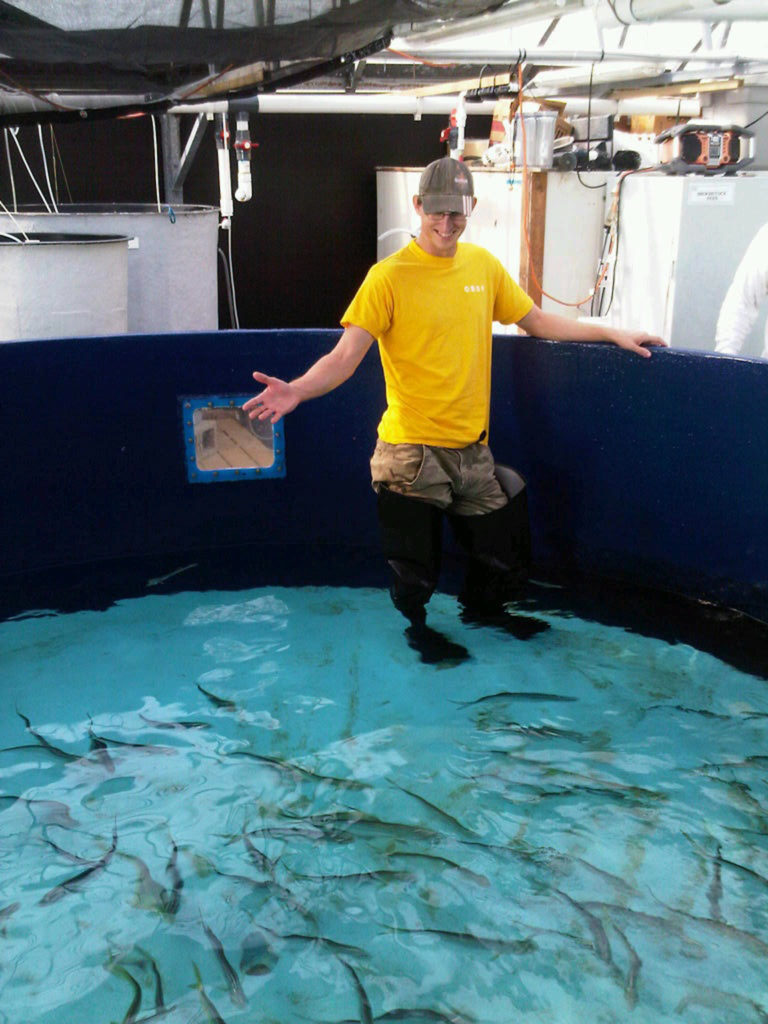
Innovation & Investment
Mahimahi aquaculture revisited
Mahimahi is a fast-growing, high-value fish species with excellent potential for aquaculture. The technology for maturation, spawning, larval rearing, fingerling production has been mastered, yet progress toward commercial development has been slow.
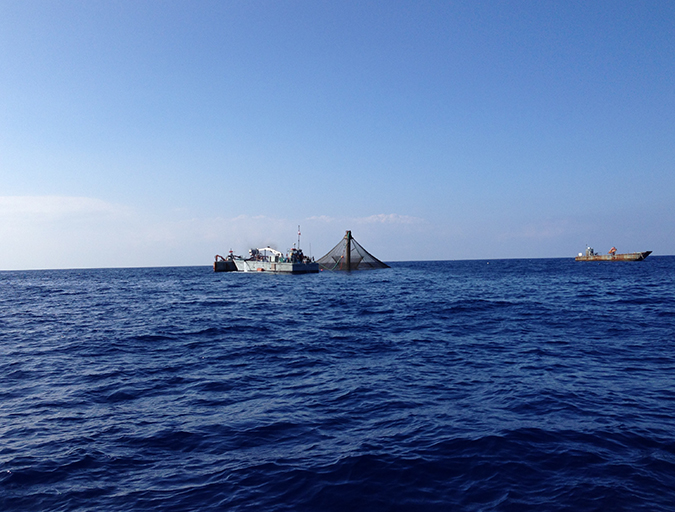
Intelligence
‘Spatiotemporal patterns’ indicate improving perceptions of aquaculture
A study led by University of California Santa Barbara researchers has found that public sentiment toward aquaculture improves over time, a potentially important development with growing interest in offshore aquaculture.
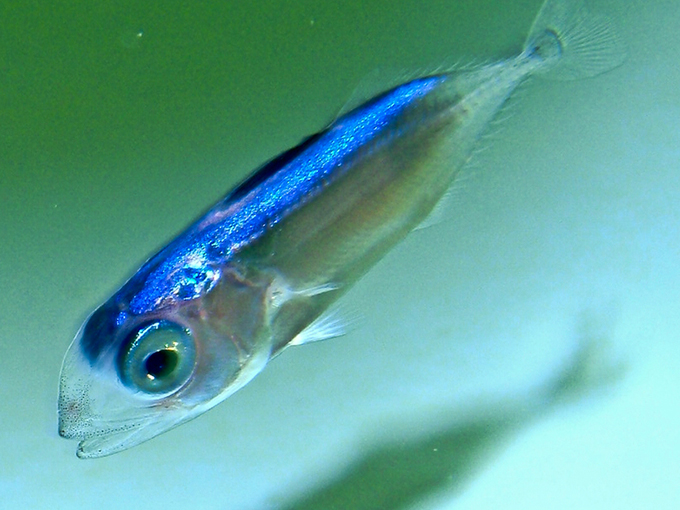
Innovation & Investment
Tuna aquaculture: Fishing for progress
Aquaculture could be a sustainable alternative to fishing for tuna but achieving commercial-scale production has proven challenging.


